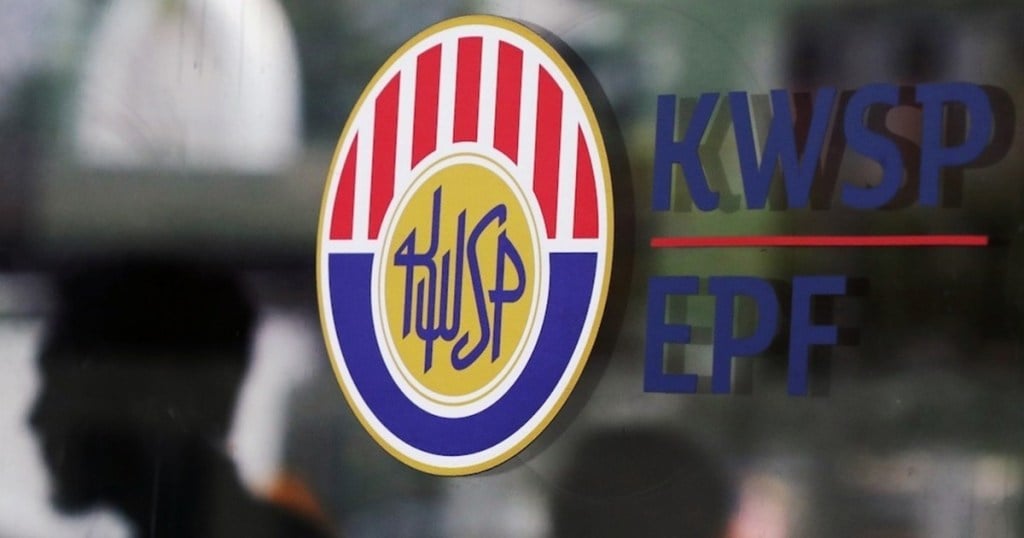Alex Cheong Pui Yin
25th April 2024 - 3 min read

With the Employees Provident Fund (EPF) account restructuring now officially announced for members aged 55 and below, along with the introduction of the new Akaun Fleksibel, many have been questioning if it is possible for them to opt out of the exercise. In other words, they would prefer to keep their existing Akaun 1 and Akaun 2 structure unchanged, instead of adopting the new structure with three accounts.
Having reached out to the EPF for clarification, it is confirmed that the new structure will be automatically applied to all eligible EPF members, and that you will not be able to opt out from the restructuring exercise.
This means that come 11 May 2024, your EPF Akaun 1 and Akaun 2 will be restructured to Akaun Persaraan, Akaun Sejahtera, and Akaun Fleksibel. Your monthly statutory EPF contribution will also be subject to a revised allocation ratio of 75:15:10, to be credited into the three accounts, respectively (instead of the current 70:30 for Akaun 1 and 2).

While there is no way for you to opt out of the restructuring exercise altogether and pass up on Akaun Fleksibel, you do have the option to subsequently transfer funds from your Akaun Fleksibel to your Akaun Persaraan or Akaun Sejahtera (if you wish to). To do so, you’ll have to complete and submit the “Borang Pindahan Simpanan Ke Akaun Persaraan/Akaun Sejahtera” (which should be made available soon).
You’ll also have a one-time opportunity between 11 May to 31 August 2024 to transfer an initial amount from your Akaun Sejahtera to Akaun Fleksibel once the new account structure kicks in, if you prefer not to start your Akaun Fleksibel with zero balance. The amount that you can transfer is subject to the existing balance of your Akaun Sejahtera, as is mentioned here in our detailed write-up on the restructuring exercise.
Following the official announcement of the restructuring exercise earlier today, chief executive officer of EPF, Ahmad Zulqarnain Onn also shed some light on the treatment of dividends for the EPF accounts. He said that dividends will currently remain the same across all three accounts, although this could change in the future as liquid assets – by default – do not attract higher interest rates or dividends.

Additionally, Ahmad Zulqarnain said that he expects withdrawals from Akaun Fleksibel to amount between RM4 billion to RM5 billion yearly. He also urged members to limit their withdrawals and to only take out money from Akaun Fleksibel for emergencies and immediate needs.
The EPF had actually begun hinting at its intention to implement the account restructuring exercise since the end of last year. It said that it is looking for ways to help Malaysians save more efficiently for their retirement, as well as to adequately prepare Malaysia for an aging society without neglecting their immediate needs.









Comments (0)